Slow decluttering instantly takes the anxiety out of the task – professional organizers love it for those who are 'overwhelmed to begin with’
Judge items based on their value to you
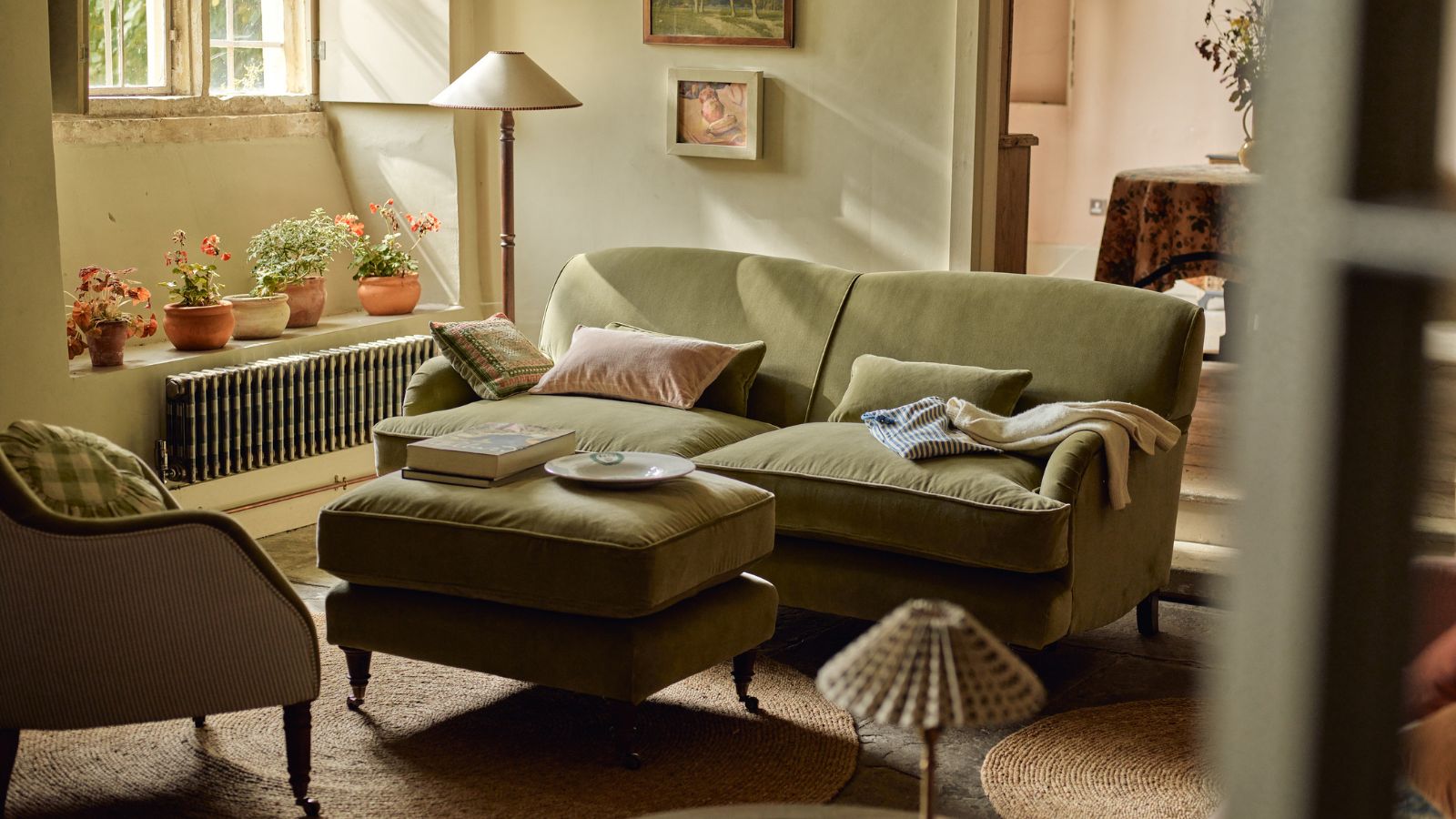
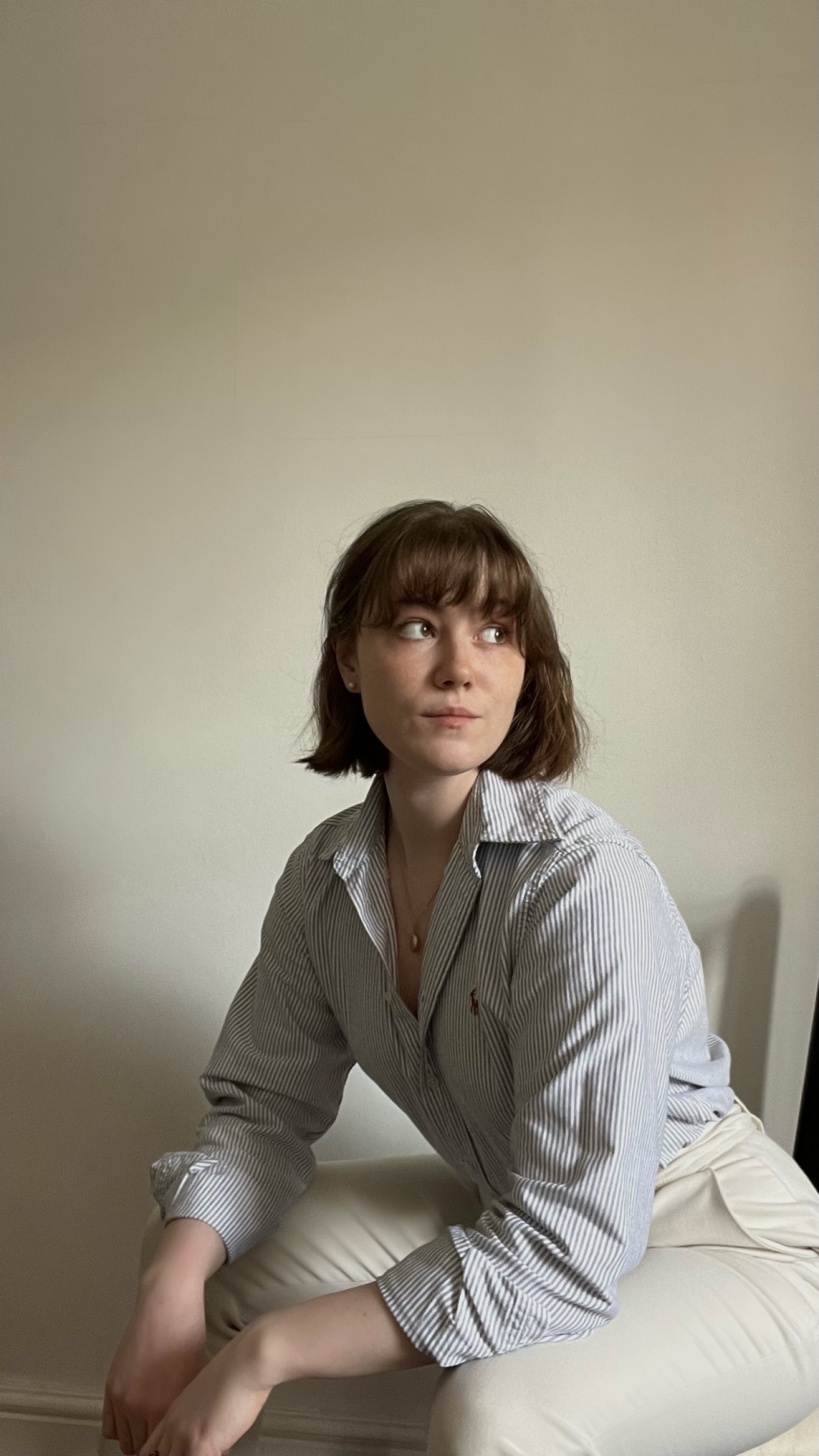
Many of us want to power through chores as quickly as possible, using quick decluttering methods blast through piles of clutter.
But this approach can quickly make you feel overwhelmed, frustrated, and exhausted. That’s why professional home organizers suggest slow decluttering instead, helping you to avoid regret when tackling important items, and assigning value based on your needs and wants, rather than on usefulness alone.
These gentler decluttering tips will guide you through a more thoughtful approach, and help you easily let go of physical and mental clutter.
Why you should try slow decluttering
This decluttering method is all about taking the race out of cutting clutter.
Rather than trying to declutter an entire house in less than a day, you work more intentionally, making a plan and being mindful about what you do and don’t want from your space. It permits you to be more considerate of your values, especially when decluttering sentimental items, to avoid decluttering regret and make letting go of stuff easier.

Using a planner and writing down your goals is one of the best ways to prepare to declutter, especially when spreading the work out over time. This Papier journal comes with daily to-do lists, habit trackers, and goal-planning sheets to help you set targets and foster healthier routines.
While trying to be more ruthless when decluttering can work for some people, Diane Quintana, certified professional organizer and owner of DNQ Solutions, says slow decluttering benefits those ‘who are overwhelmed to begin with, and are not looking for a quick fix. Another way to look at this is that slow decluttering is good for people who want to learn organizing strategies.
‘When people have too much clutter around it’s hard to make thoughtful decisions. The clutter itself is a distraction. Plus, many individuals with too much stuff are not only overwhelmed by the thought of the work they need to do to reduce the clutter but also by the shame, embarrassment, and guilt that comes from knowing they’ve spent so much money on things they do not need, use, or love.’
The benefits of slow decluttering
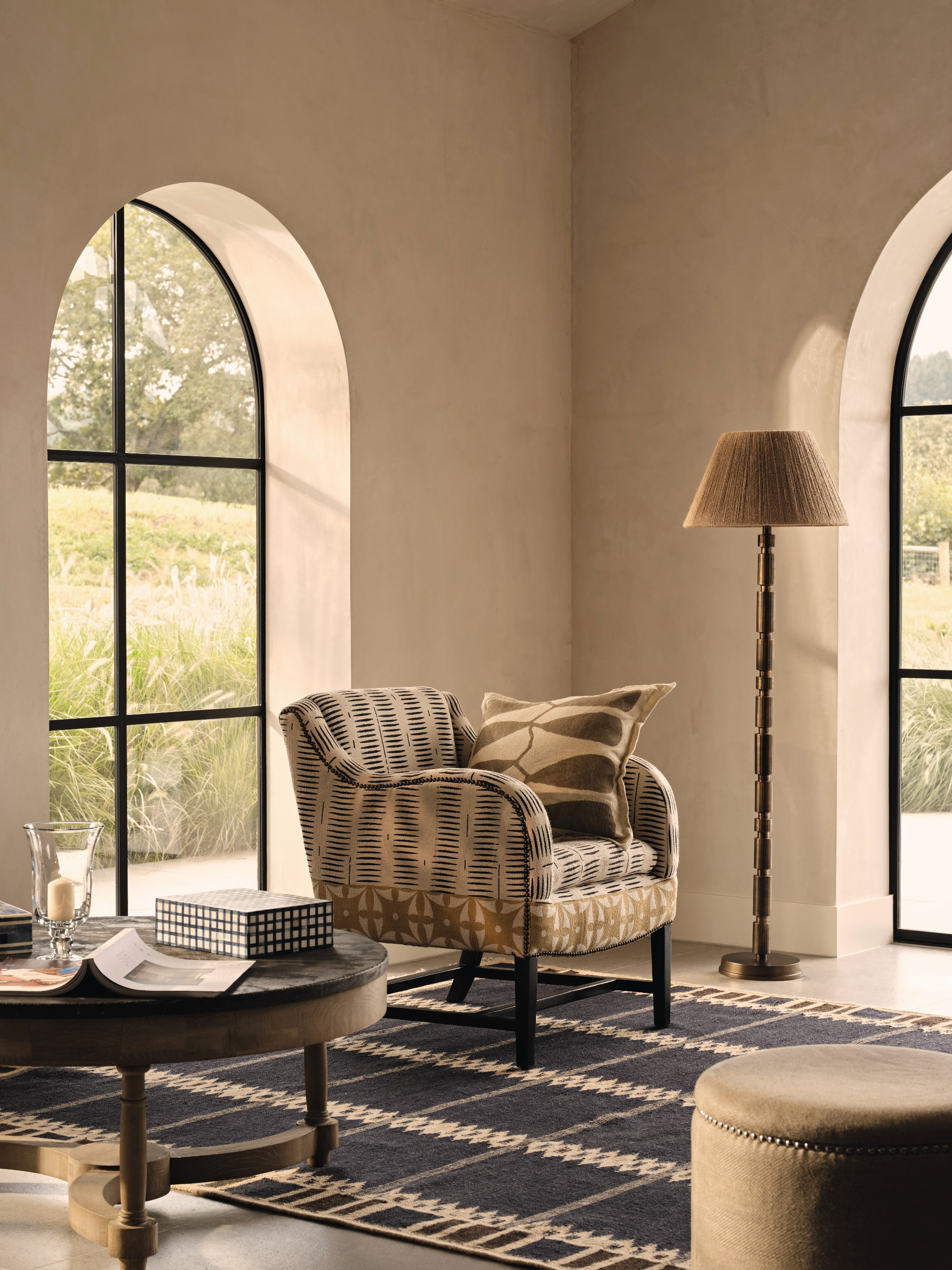
Decluttering slowly for a more pared back space can feel more rewarding, offering a more relaxed home without the stress of a whole house clear out.
There are several lesser-known health benefits of decluttering your home, and slow organizing can further help with stress and anxiety.
Amélie Saint-Jaques, professional home organizer and Kon-Mari consultant, founder of Amélie shares, ‘For me, as a professional organizer and consultant certified by Marie Kondo, that means decluttering and organizing things in a functional way. Clutter is anything that doesn't have a designated home or that otherwise stands in your way. It is typically physical but can be more abstract, like cluttering your time with activities that you don't value.
‘Clearing this out results in a home where items are loved and used, and therefore are valued. We are much more likely to take good care of things we value and appreciate, so those things often last longer. We are also much more mindful about purchasing anything new when we want to keep our home tidy. Keeping a tidy home can therefore help reduce costs (not over-purchasing, making items last longer) and make our lifestyle more sustainable.’
 Two sizes
Two sizes
Baskets and bins are a must for tidy homes. Use woven baskets to corral essentials on shelves and in cabinets to keep these areas tidy but calmer to look at. You can also pop one where clutter keeps accumulating, e.g. at the bottom of the stairs. This is known as desire path decluttering.
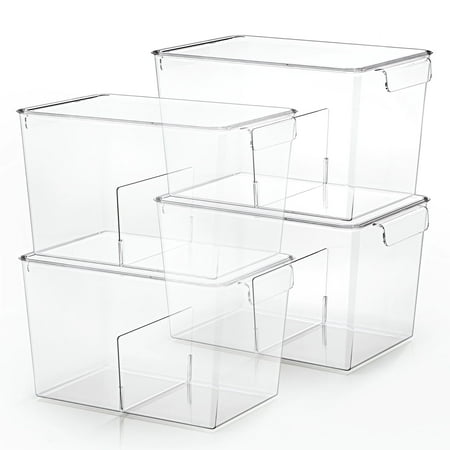
Clear stacking storage bins are great for organizing kitchens, allowing you to see what food you have in a fridge or pantry so nothing accidentally expires.
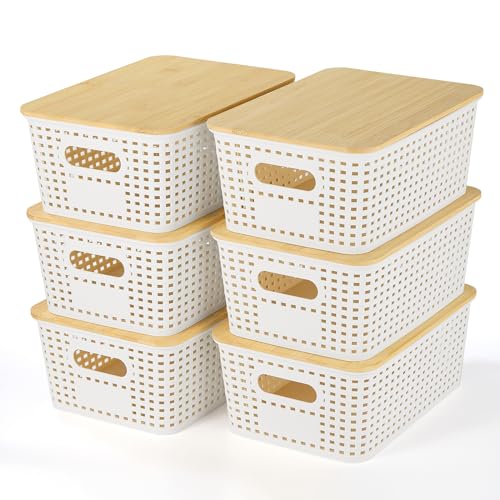
From pantries to bathrooms, these handy perforated storage baskets with lids allow items to breathe or drip dry, preventing items from going moldy. They're stackable, too, making better use of vertical space.
Working slowly means you can declutter without making a mess, especially if using the 1% rule.
It also helps you relax more, preventing you from decluttering your home when you feel overwhelmed, adds Audra George, professional home organizer and founder of Pretty Neat. She explains, ‘Clutter and a chaotic environment are linked heavily to increased stress, mental overwhelm, and heightened anxiety. A tidy home provides space for more peace, less stress and less time looking for things that you know you have but cannot find, and helps the overall look and feel of your home to be relaxing.’
How to declutter slowly, and successfully
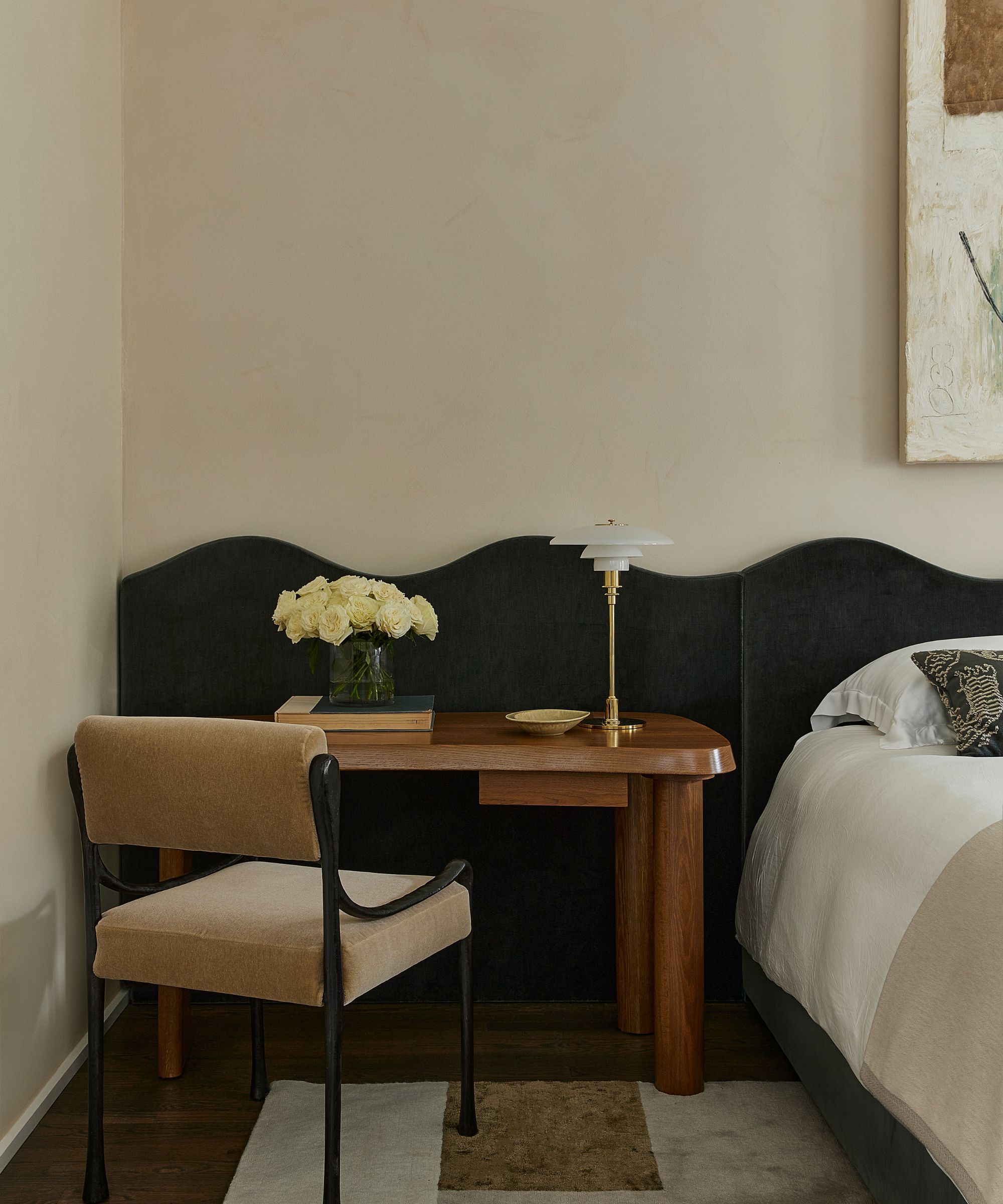
A calmer home makes it easier to manage clutter, as you can easily find everything you need, and are more mindful of your consumption.
To set yourself up for a successful decluttering session and see progress when decluttering slowly, Diane suggests the following tips:
- Start by identifying how you want to use each room or space in your home. This will help you to work out what items contribute to your vision, and which hinder it.
- When you declutter, only keep the things that support the function of the room. It can be helpful to declutter as you go to spread the effort out.
- For each item, ask yourself if you need, use, and love it. If the answer is 'yes' to any of those questions, it's probably a keep. Note that 'do you want it' is not an option here to avoid you hanging onto items you won't use.
She continues, ‘Sometimes we come across things that pull at heartstrings and are not needed, used, or loved. I recommend taking a picture of the item and writing about it. Then it’s easier to let it go. These pictures and stories can go into a book [such as this 300 slot photo book, from Walmart] which can then be revisited as often as the person wants to.’
It is important that you still make progress with decluttering, even when you are doing it slowly. As David Hurless, director of operations at Stor-It reminds us, ‘You can easily fall into hoarding with this process, since you allow it to elongate so much that you are basically keeping everything anyway.
‘Within this category of organizing you can take a few approaches. You can ask yourself if I did not have this in my life, would I go out and buy it right now? You can use the 'didn't know' declutter method, which essentially is if you forgot you owned something it shouldn't be kept.'
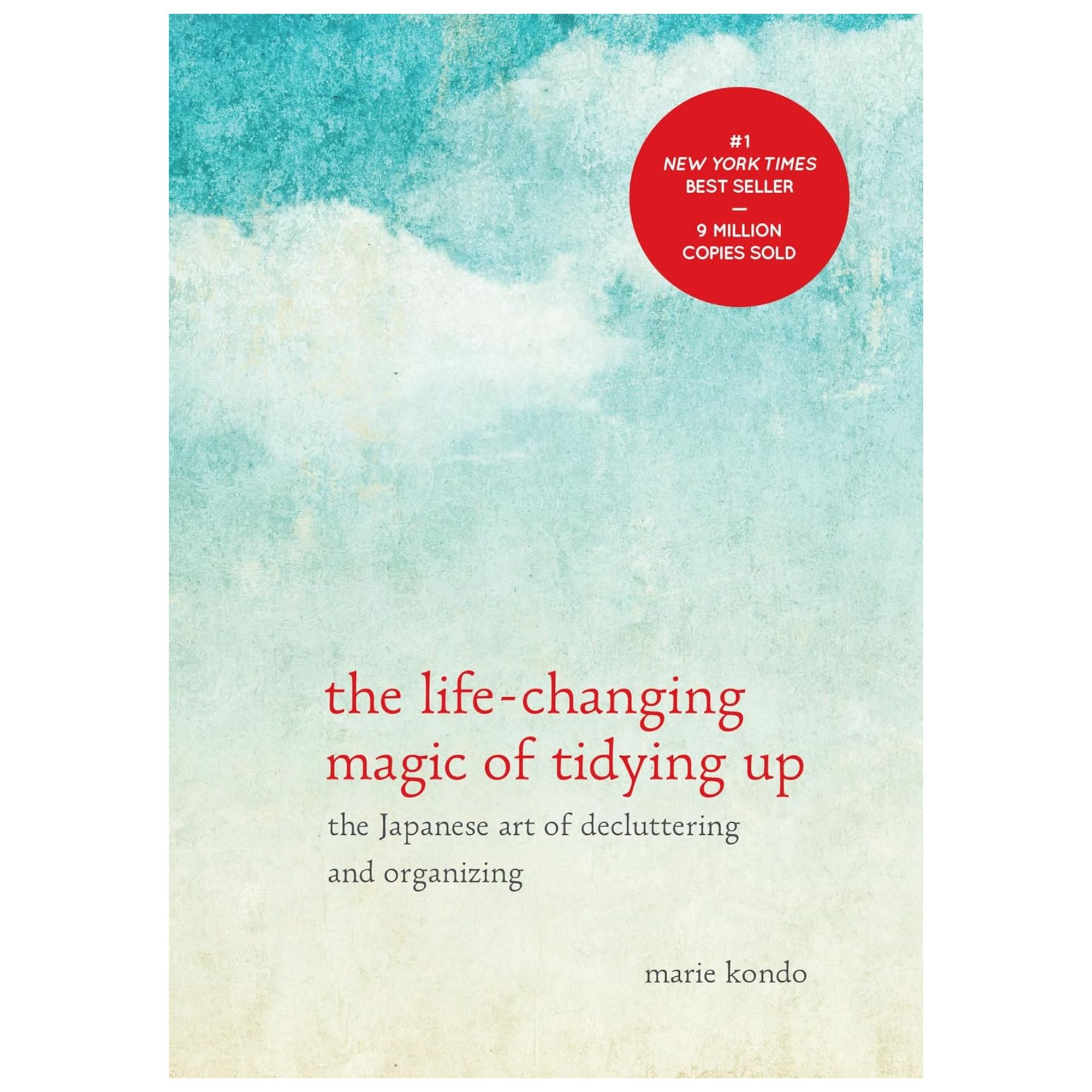
Maire Kondo's life-changing book is packed with tips for finding joy in your belongings and clearing out clutter more mindfully.
Meet the experts

Diane is a Certified Professional Organizer in chronic disorganization based in Atlanta, Georgia. She earned a Hoarding Specialist credential from the Institute for Challenging Disorganization and has co-authored a book called: ‘Filled Up and Overflowing: What to do when life events, chronic disorganization or hoarding go overboard.’

Amélie Saint-Jacques is a certified KonMari Consultant and professional organizer based in San Antonio with years of experience in professional tidying.

Audra George has over 12 years of experience working in clients' homes. Her passion is to help others and to organize and help busy families get their spaces in order.
FAQs
What is soft decluttering?
Soft decluttering is another name for the slow decluttering approach, helping you tackle clutter in smaller, more manageable steps to help avoid feeling overwhelmed or end up regretting your decluttering decisions.
Why do I want to throw all my stuff away?
There are several reasons why you might feel like you want to throw all your stuff away. The most common being stressed and overwhelmed by your home. If you are struggling to navigate your home easily, can’t find items, or hate everything you have, feeling frustrated. The answer is to declutter slowly, helping to reduce stress and anxiety without feeling exhausted.
If you decide to try slow decluttering for yourself, consider following the week-by-week method to ensure constant progress, and spread out the work to reduce stress and fatigue. Pair it with slow cleaning to create an achievable cleaning routine that doesn’t leave you exhausted by the end of the week.
Sign up to the Homes & Gardens newsletter
Design expertise in your inbox – from inspiring decorating ideas and beautiful celebrity homes to practical gardening advice and shopping round-ups.

Chiana has been at Homes & Gardens for two years and is our resident 'queen' of non-toxic living. She spends most of her time producing content for the Solved section of the website, helping readers get the most out of their homes through clever decluttering, cleaning, and tidying tips. She was named one of Fixr's top home improvement journalists in 2024.
You must confirm your public display name before commenting
Please logout and then login again, you will then be prompted to enter your display name.
-
 Kris Jenner's favorite air fryer, the Ninja Crispi, is the perfect small kitchen solution – it deserves a place on the most compact of countertops
Kris Jenner's favorite air fryer, the Ninja Crispi, is the perfect small kitchen solution – it deserves a place on the most compact of countertopsKris approves of this compact yet powerful air fryer, and so do our own kitchen appliance experts, praising it for its multifunctionality
By Hannah Ziegler Published
-
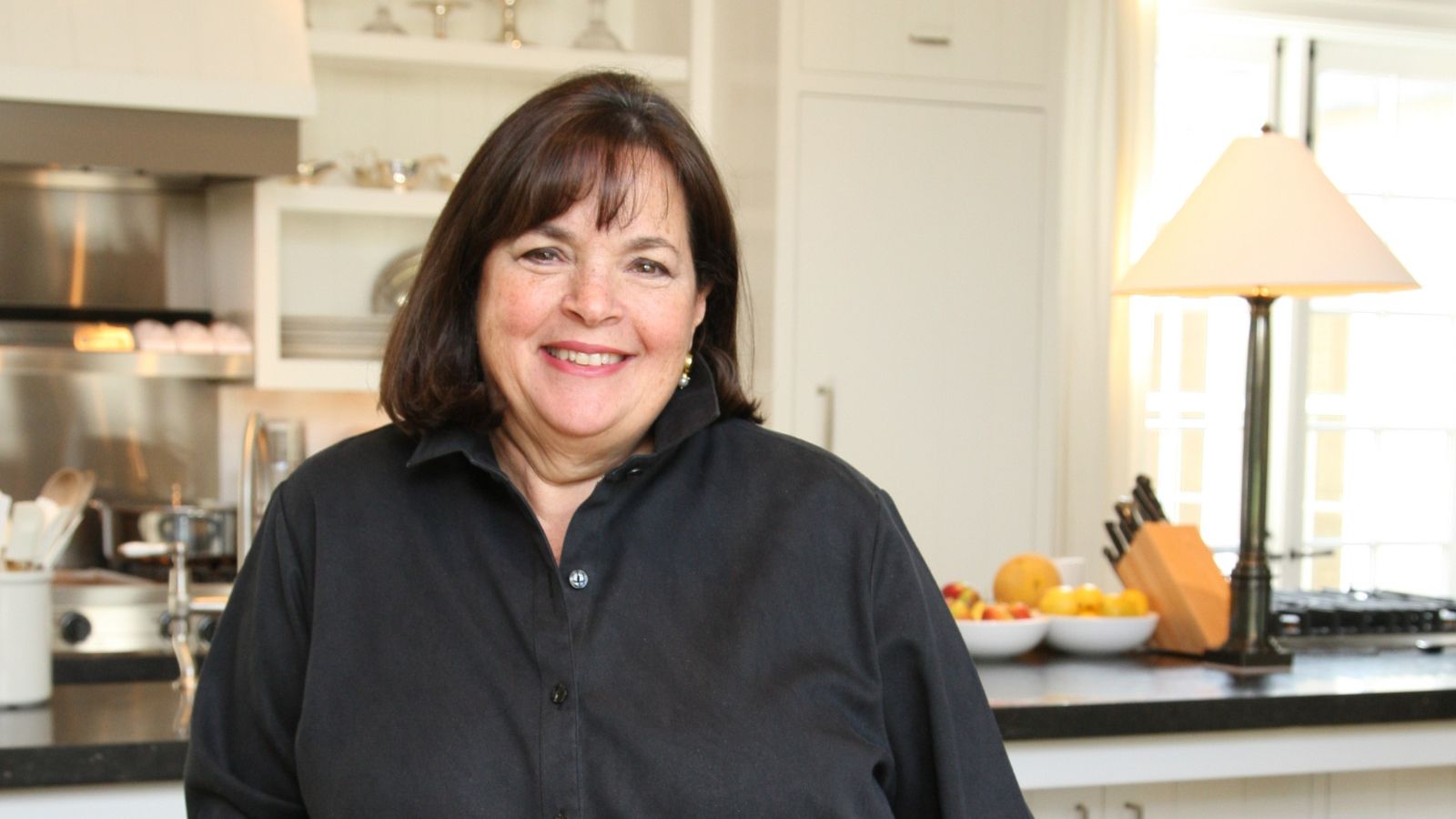 Ina Garten's storage pantry is an insightful window into all of the best cookware used by the chef – and it's easy to recreate on your kitchen shelves from $48
Ina Garten's storage pantry is an insightful window into all of the best cookware used by the chef – and it's easy to recreate on your kitchen shelves from $48The beautiful dishware in The Barefoot Contessa's Hamptons pantry showcases the tools she uses most often to cook – this is exactly how you replicate it
By Sophie Edwards Published
-
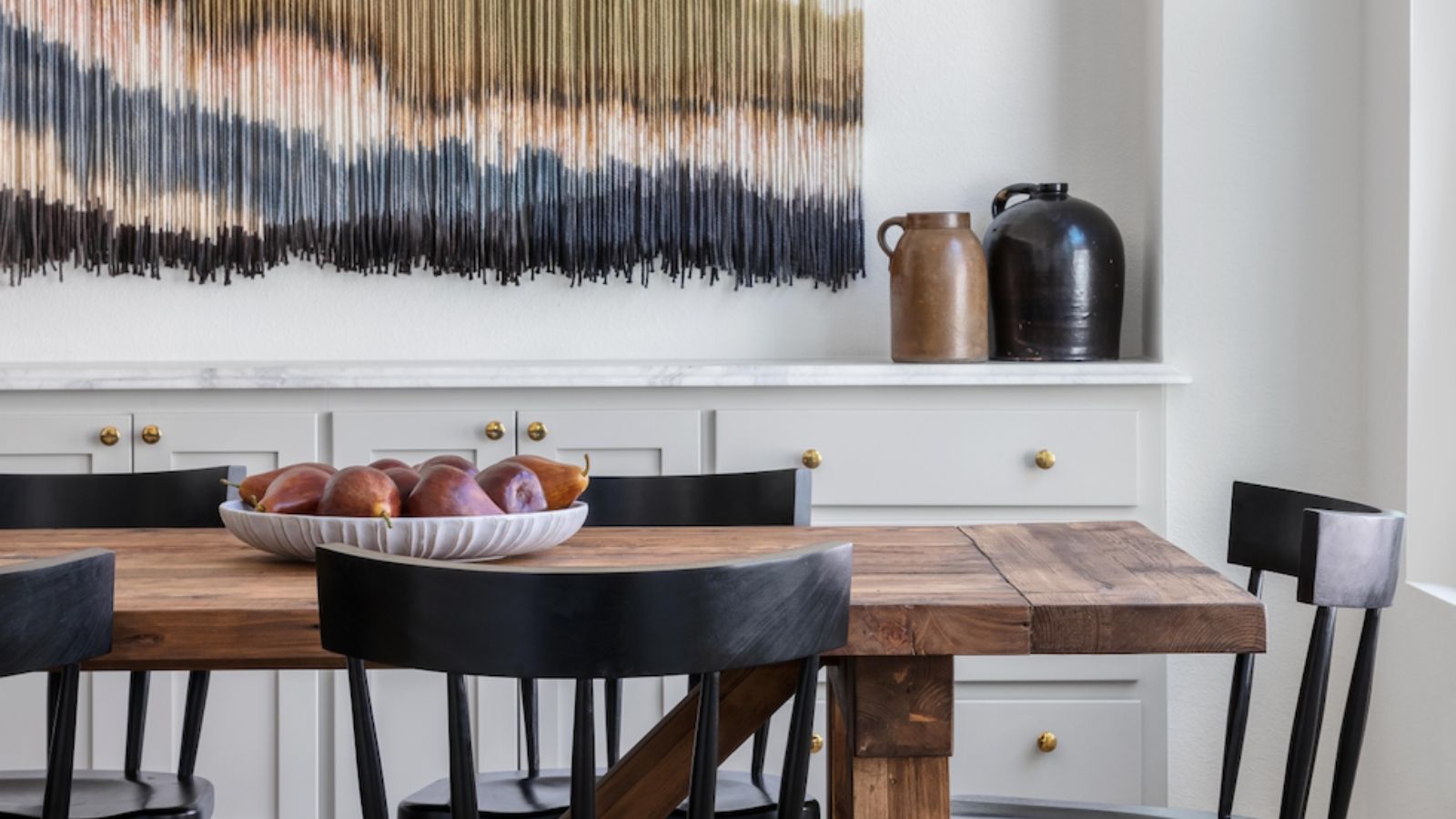 How the 'ODT' method can help you to tackle your overwhelming decluttering checklist – and streamline the process from start to finish
How the 'ODT' method can help you to tackle your overwhelming decluttering checklist – and streamline the process from start to finishAvoid 'analysis paralysis' and tick off tasks quickly and easily by making just one decision at a time
By Ottilie Blackhall Published
-
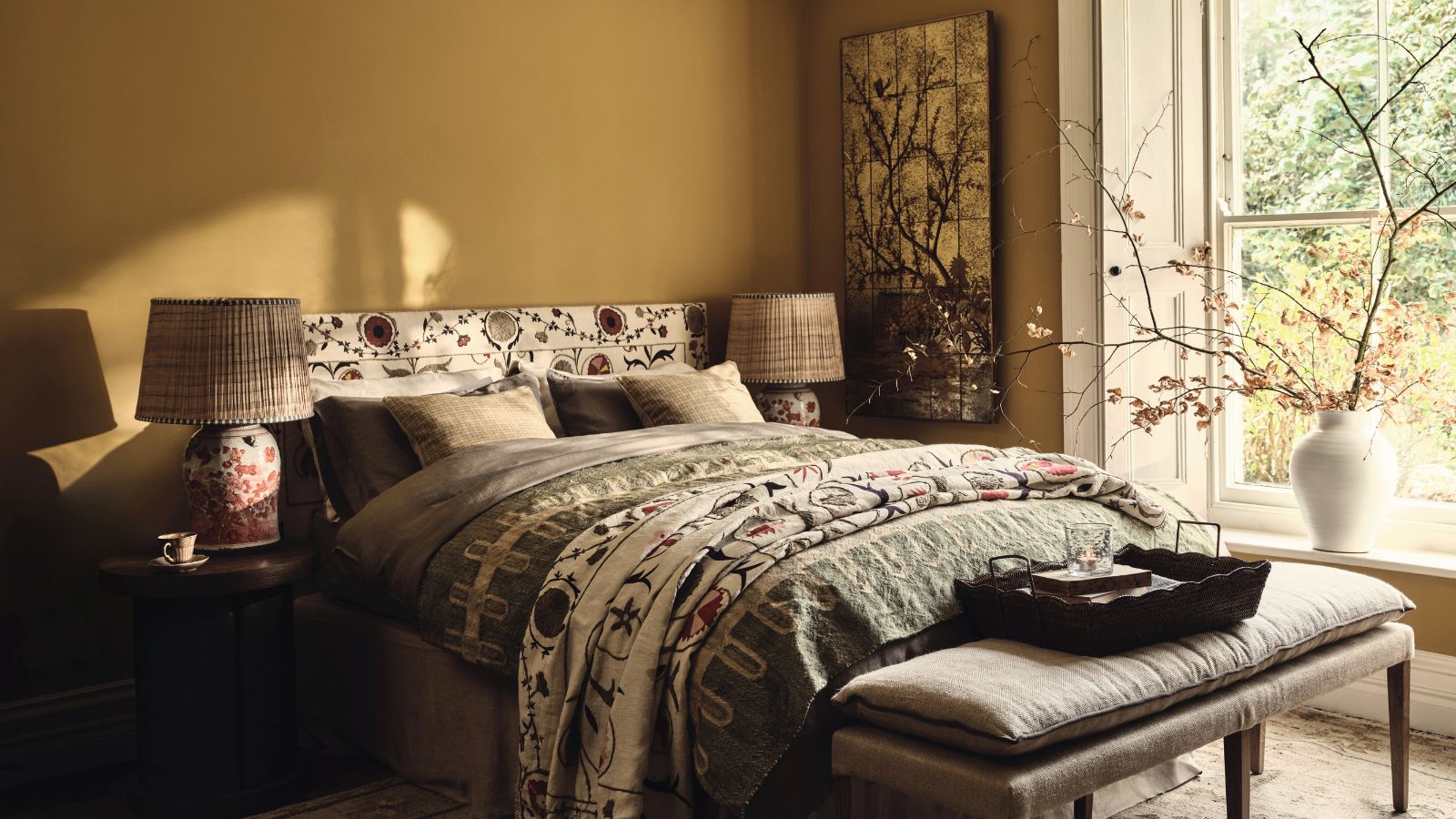 I gave the ‘try-for-five’ method a go in my small home – it's a brilliantly easy way to beat chore procrastination in seconds
I gave the ‘try-for-five’ method a go in my small home – it's a brilliantly easy way to beat chore procrastination in secondsThis method is great for those with executive dysfunction
By Chiana Dickson Published
-
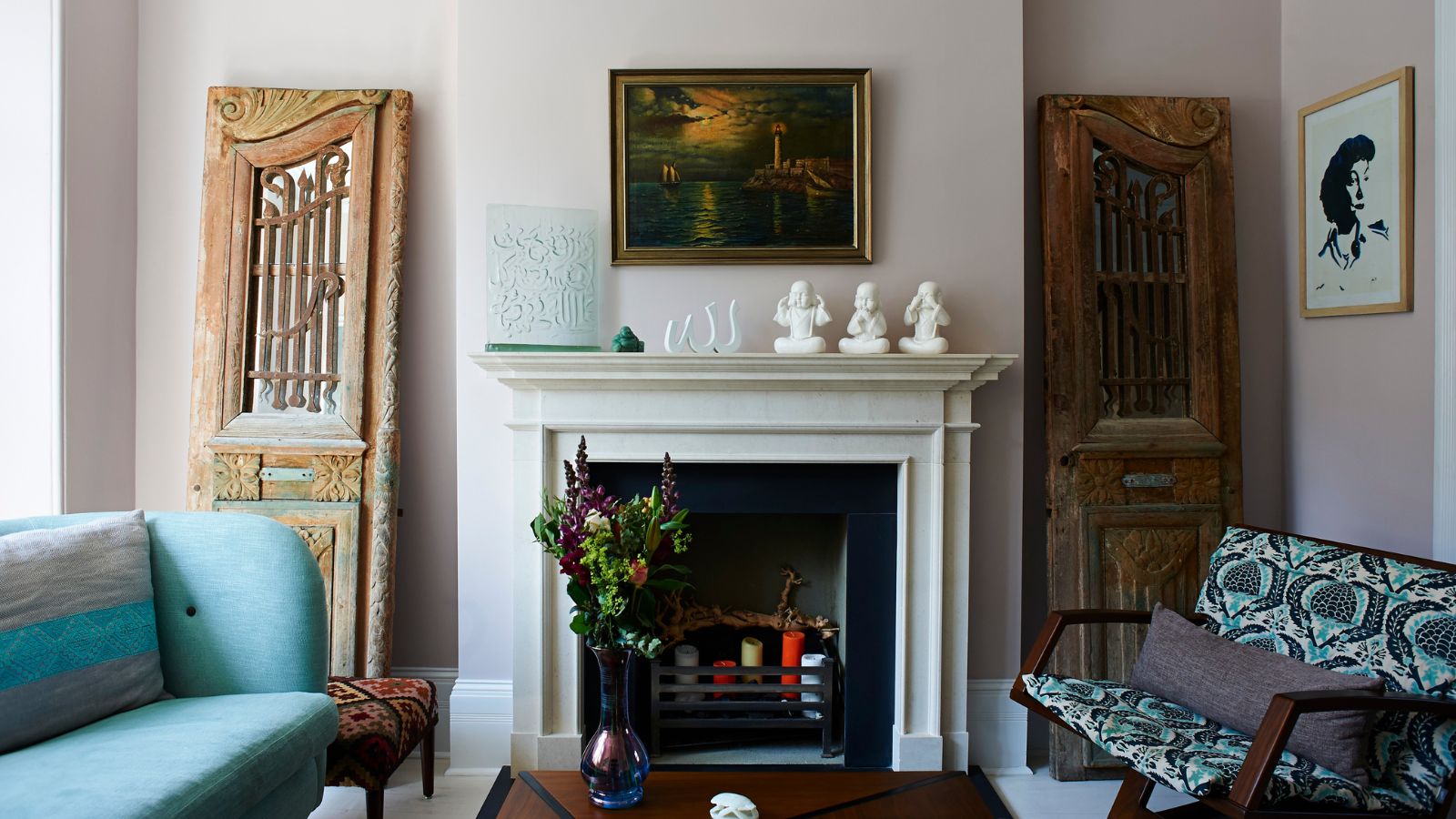 'It's a fast reset button' – using the 1, 2 ,3 ,4, 5 decluttering method cleared my persistent mess in seconds
'It's a fast reset button' – using the 1, 2 ,3 ,4, 5 decluttering method cleared my persistent mess in secondsIt's easy, effective and so quick to do
By Ottilie Blackhall Published
-
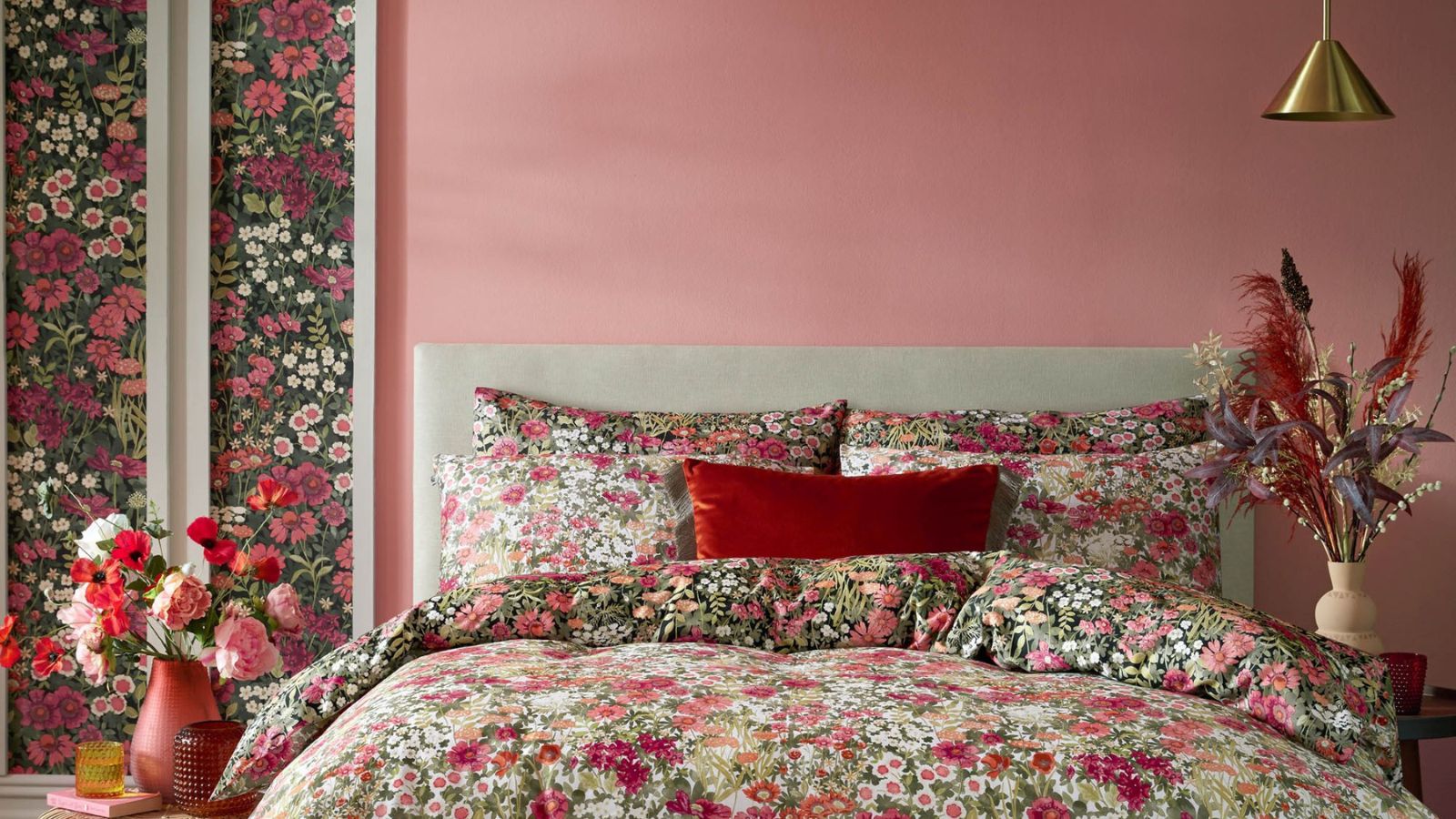 This simple closet swap doubled my cramped hanging space – professional organizers swear by it too
This simple closet swap doubled my cramped hanging space – professional organizers swear by it tooVelvet hangers have transformed my closet
By Eve Smallman Published
-
 I tried the 'GFD' basket tidying trick ahead of hosting – it was a last-minute clutter-busting savior
I tried the 'GFD' basket tidying trick ahead of hosting – it was a last-minute clutter-busting saviorThis quick clean-up fall-back saved my game night
By Chiana Dickson Published
-
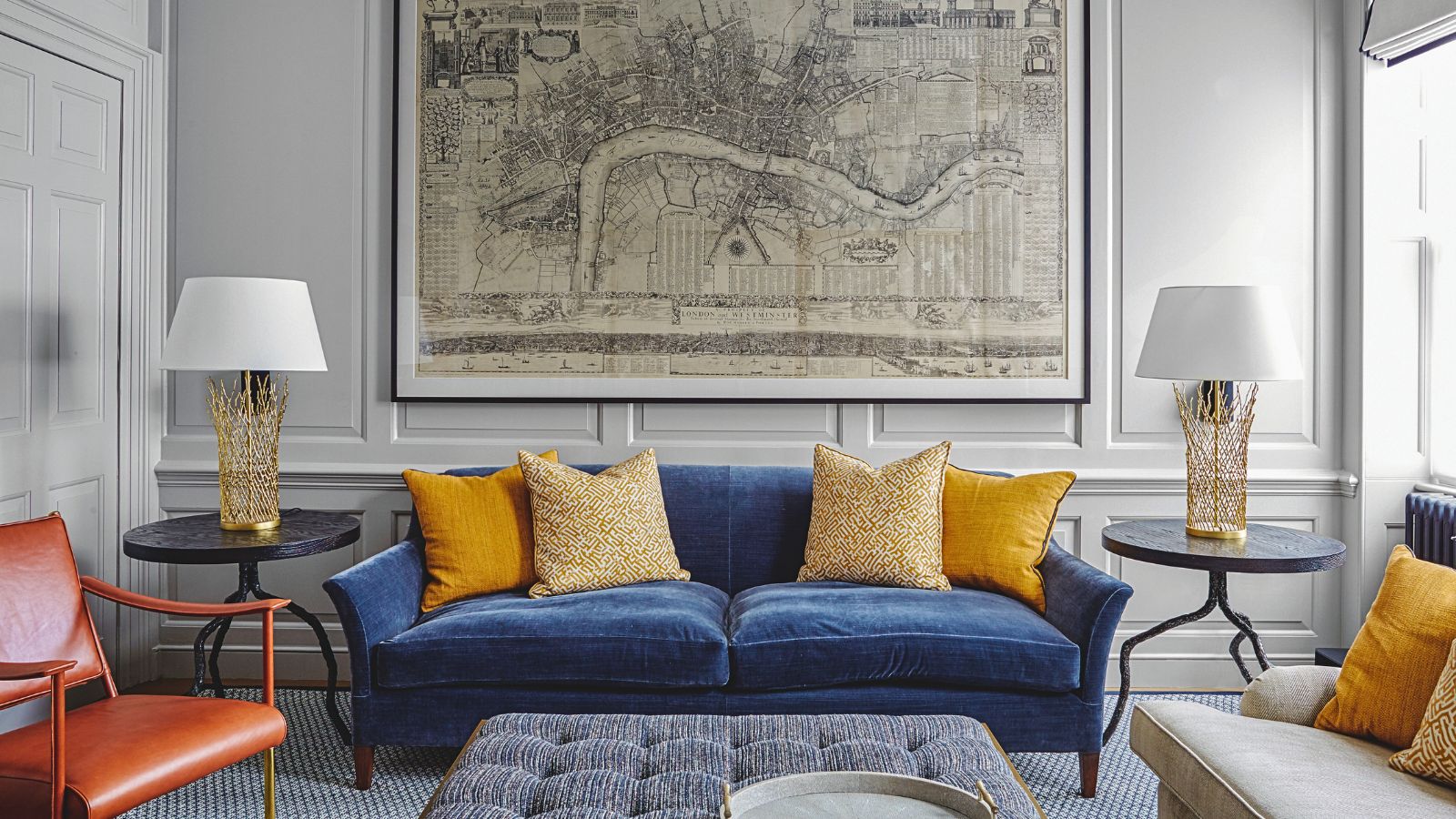 I tried the 'Reverse Decluttering' method – it made clearing clutter in my small home stress-free, speedy and guilt-free
I tried the 'Reverse Decluttering' method – it made clearing clutter in my small home stress-free, speedy and guilt-freeIt's a simpler way to cut clutter
By Chiana Dickson Published
-
 'They all feel chaotic’ – 6 things that make a room look really messy and what to do for an instant lift
'They all feel chaotic’ – 6 things that make a room look really messy and what to do for an instant liftEasily make your home less stressful by fixing these common faux pas
By Chiana Dickson Published
-
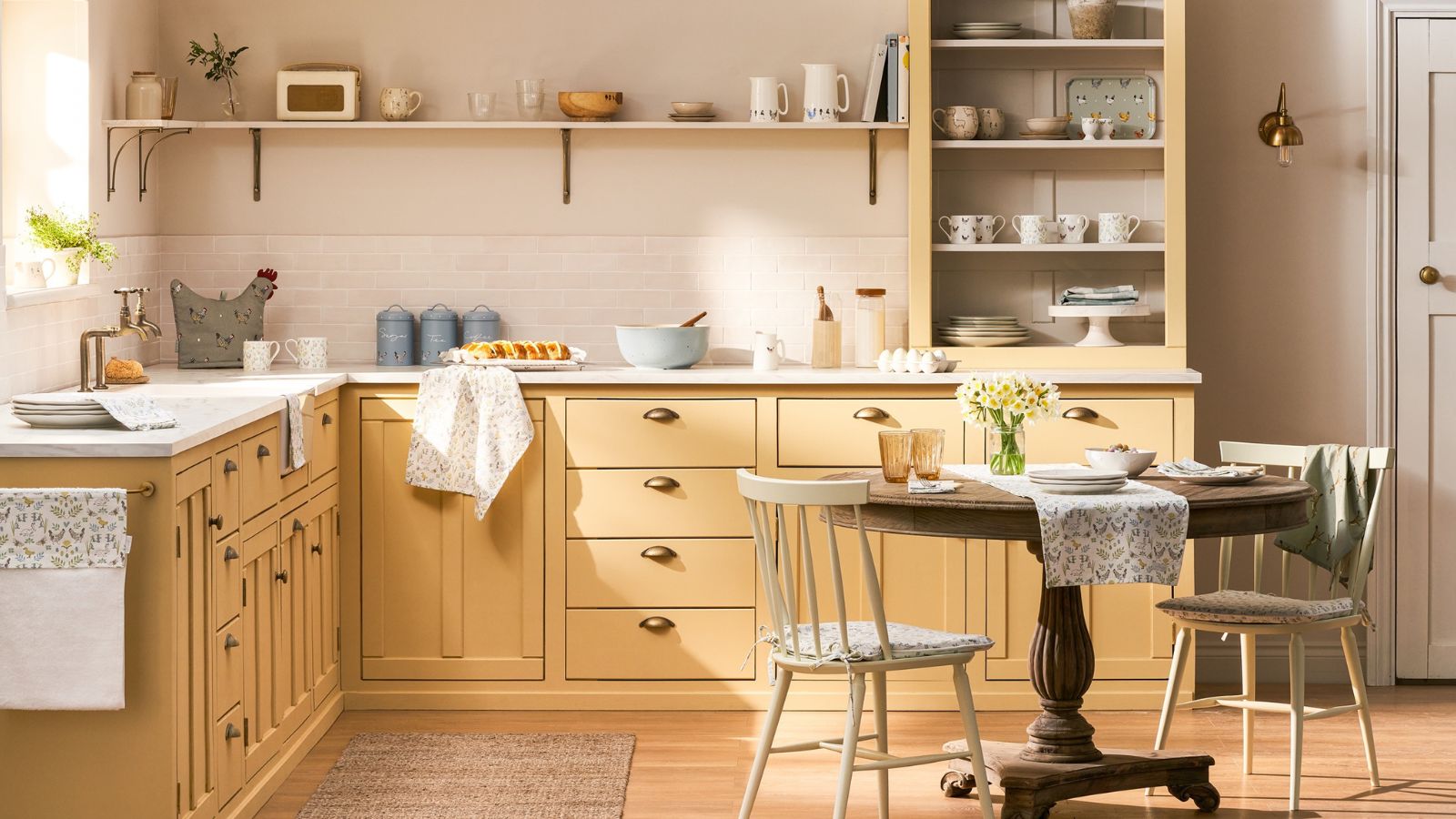 9 things you need to declutter in April 2025 – tossing these need-to-go items will maximize your space this spring
9 things you need to declutter in April 2025 – tossing these need-to-go items will maximize your space this springSay goodbye to winter clutter by clearing out lingering items
By Chiana Dickson Published